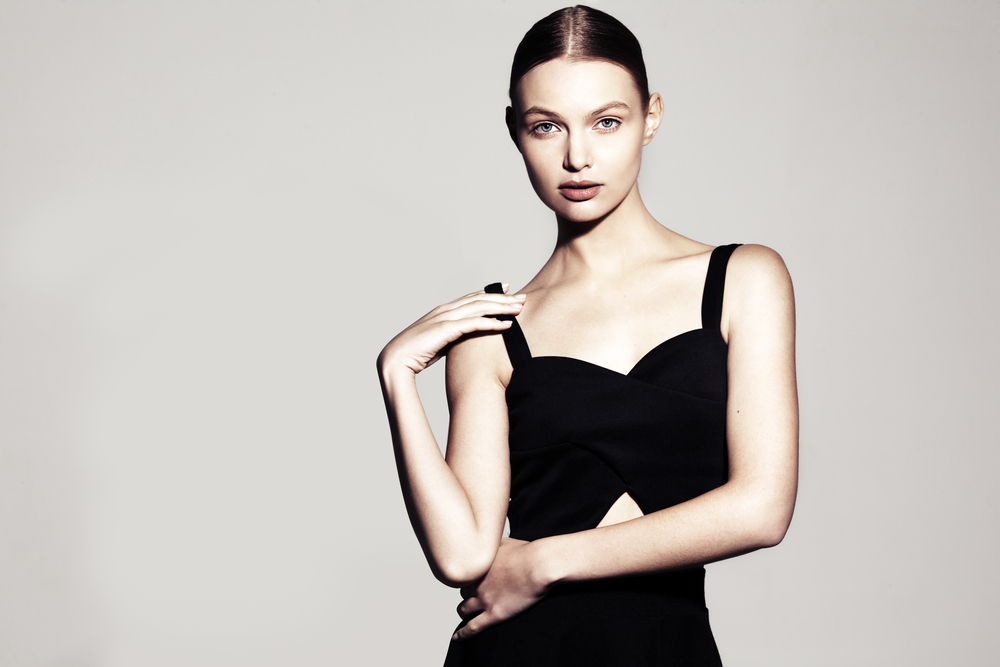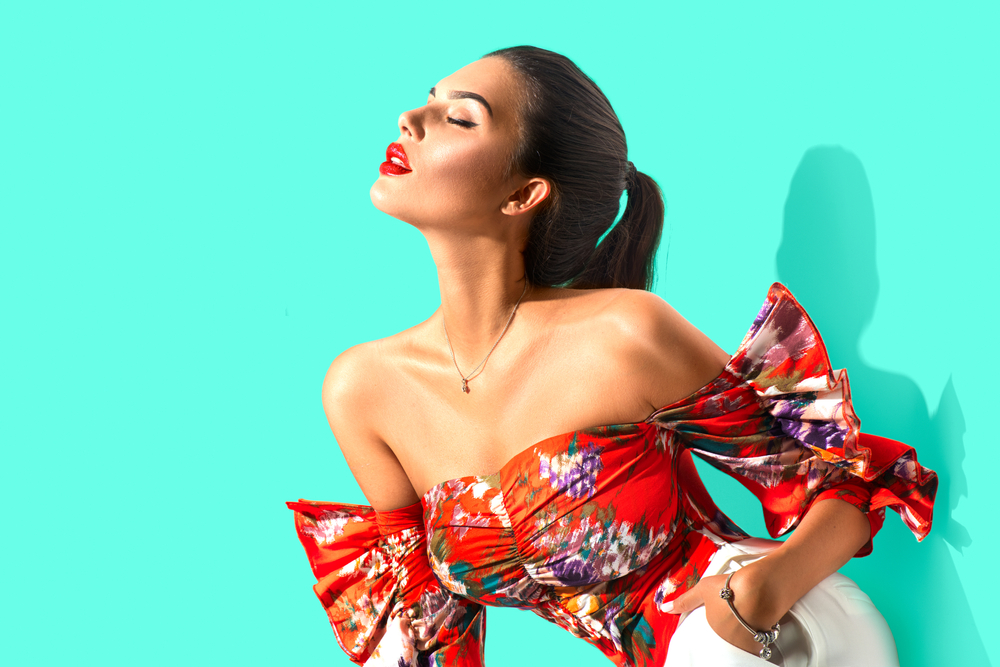
The Art of Modeling: Unveiling the Secrets and Challenges of the Fashion Industry in Photoshoots

In the glamorous world of fashion, models play a crucial role in bringing life and personality to clothes. Their effortlessly poised and elegant poses mesmerize us, making us desire the garments they wear. However, behind the scenes, the art of modelling and the challenges faced by these individuals go beyond what meets the eye. In this blog article, we will delve into the secrets and challenges that make the journey of a model in the fashion industry so intriguing.
The Power of a Photograph
The fashion industry heavily relies on photography to showcase its creations. A photograph has the ability to evoke emotions, tell stories, and create fantasy worlds that capture our imaginations. Through photographs, designers can inspire us to try new styles and embrace our own unique fashion sense.
Models are the conduits through which the magic of fashion is channeled. With their poses, expressions, and body language, they breathe life into garments, allowing viewers to envision themselves in the outfits being displayed.
The Modeling Process
Before a photoshoot takes place, extensive planning and preparation occur. Models are chosen based on specific criteria that vary from project to project. Height, body proportions, and facial features are among the factors that designers and photographers take into account when selecting models. The industry thrives on diversity, and models come in all shapes, sizes, and backgrounds, showcasing the beauty of human individuality.
Once selected, models must navigate the world of fittings and castings. Fittings involve trying on different outfits to ensure the perfect fit and style for the shoot. Castings, on the other hand, are the process in which models showcase their talent and personal style to secure a role in a campaign.
Challenges of the Industry
While the end result of a photoshoot may appear effortless, the modeling industry is not without its challenges. Models constantly face pressure to maintain certain body standards, which can lead to physical and mental stress. The portrayal of unattainable beauty standards in the media has perpetuated a culture that often places unrealistic expectations on models.
Furthermore, models are required to adapt to a myriad of working conditions. From posing under extreme weather conditions to enduring long and exhausting hours on set, the art of modeling requires resilience and dedication. The ability to maintain composure and convey the desired mood despite these challenges is what sets successful models apart.
Capturing the Essence
One of the greatest secrets of modeling lies in the ability to capture the essence of the outfit being showcased. Models must understand the designer's vision and the story behind each garment. They then embody the desired character, allowing their poses and expressions to convey the intended message to the viewers.
Through the art of posing, a model can transform a simple dress or suit into a work of art. The way they move their bodies, position their limbs, and express emotions can completely change the perception of a garment. It is the model's skill, creativity, and understanding of the brand that truly brings a collection to life.
Frequently Asked Questions
1. How do models prepare for a photoshoot?
Models prepare for a photoshoot by practicing poses, taking care of their physical and mental well-being, and familiarizing themselves with the designer's vision and the context of the shoot.
2. Do models have to be a certain height or size?
While height and size are factors considered in the fashion industry, there is room for diversity. Fashion is increasingly embracing models of all body types and backgrounds.
3. Do models have control over the outfits they wear during a shoot?
In most cases, models do not have control over the outfits they wear during a shoot. Stylists and designers curate the looks and ensure they align with the overall aesthetic of the project.
4. How do models deal with the pressure to maintain certain body standards?
Models face immense pressure to maintain specific body standards, but many are advocating for more inclusive representation. The industry is gradually shifting towards embracing diverse body types and promoting body positivity.
5. What skills are important for a successful modeling career?
Apart from physical attributes, successful models possess skills such as versatility, adaptability, strong interpersonal skills, and the ability to convey emotions through their poses and expressions.
Conclusion
The art of modeling is an integral part of the fashion industry. Models bring clothes to life and inspire us to embrace our own personal style. Behind their flawless poses lies a world of challenges and hard work. From navigating castings and fittings to enduring physical and mental pressures, models must conquer obstacles to excel in this field. Through their skill and creativity, these individuals capture the essence of fashion and allow us to imagine ourselves wearing the stunning garments they showcase. The secrets and challenges of the modeling industry continue to shape and influence the world of fashion, ensuring its continuous evolution and mesmerizing allure.
Other useful resources
- https://en.wikipedia.org/wiki/Category:Modeling_agencies
- https://en.wikipedia.org/wiki/Category:Models_by_modeling_agency